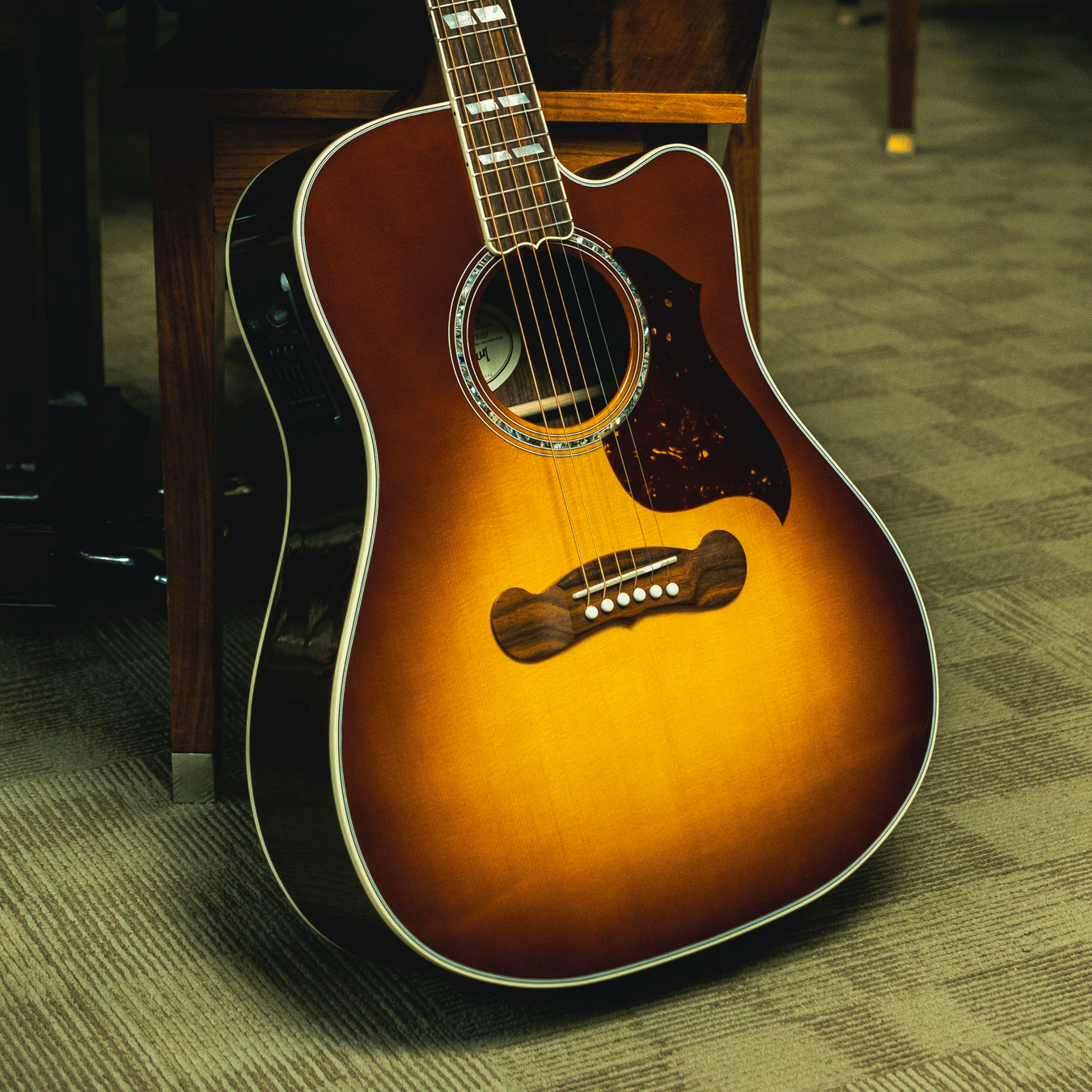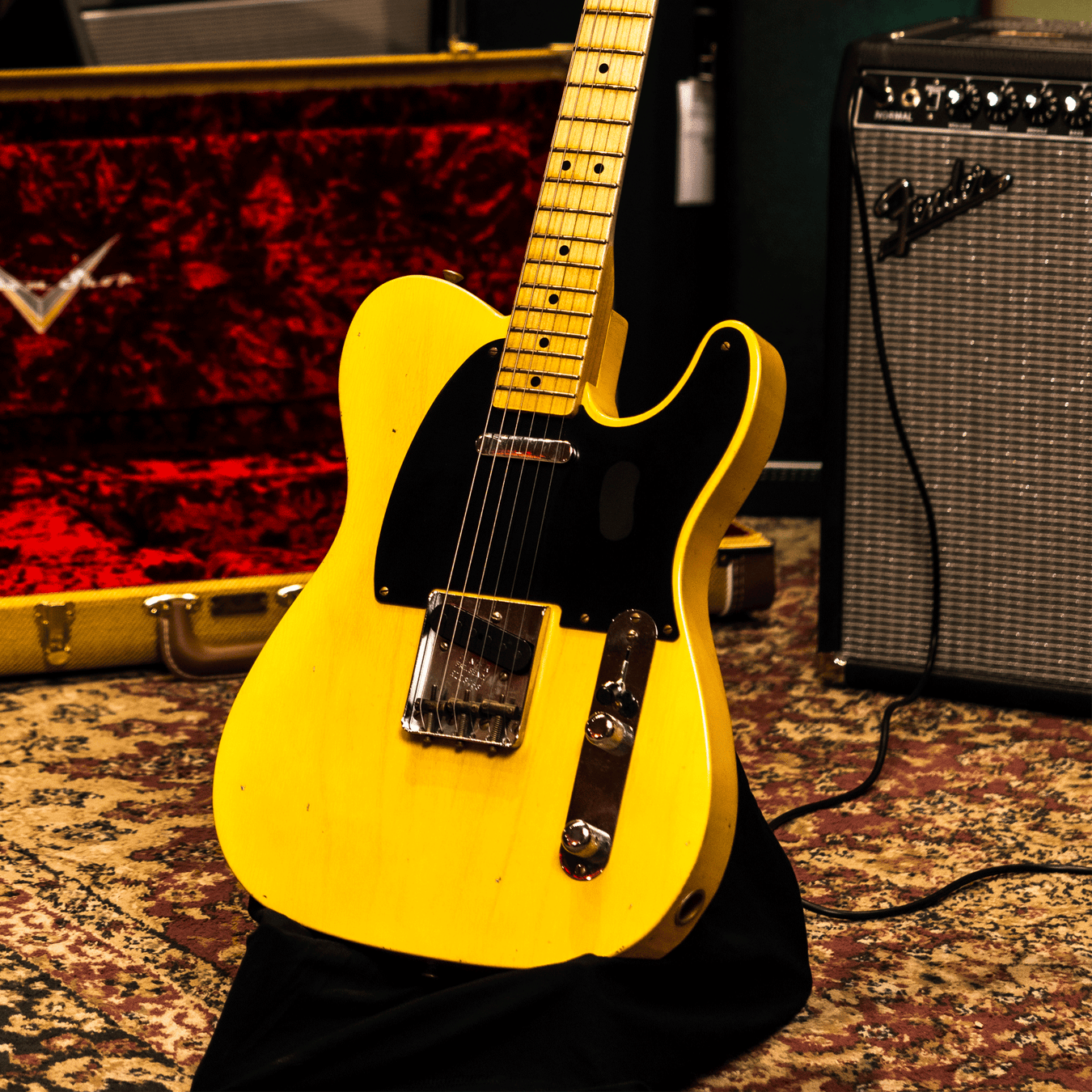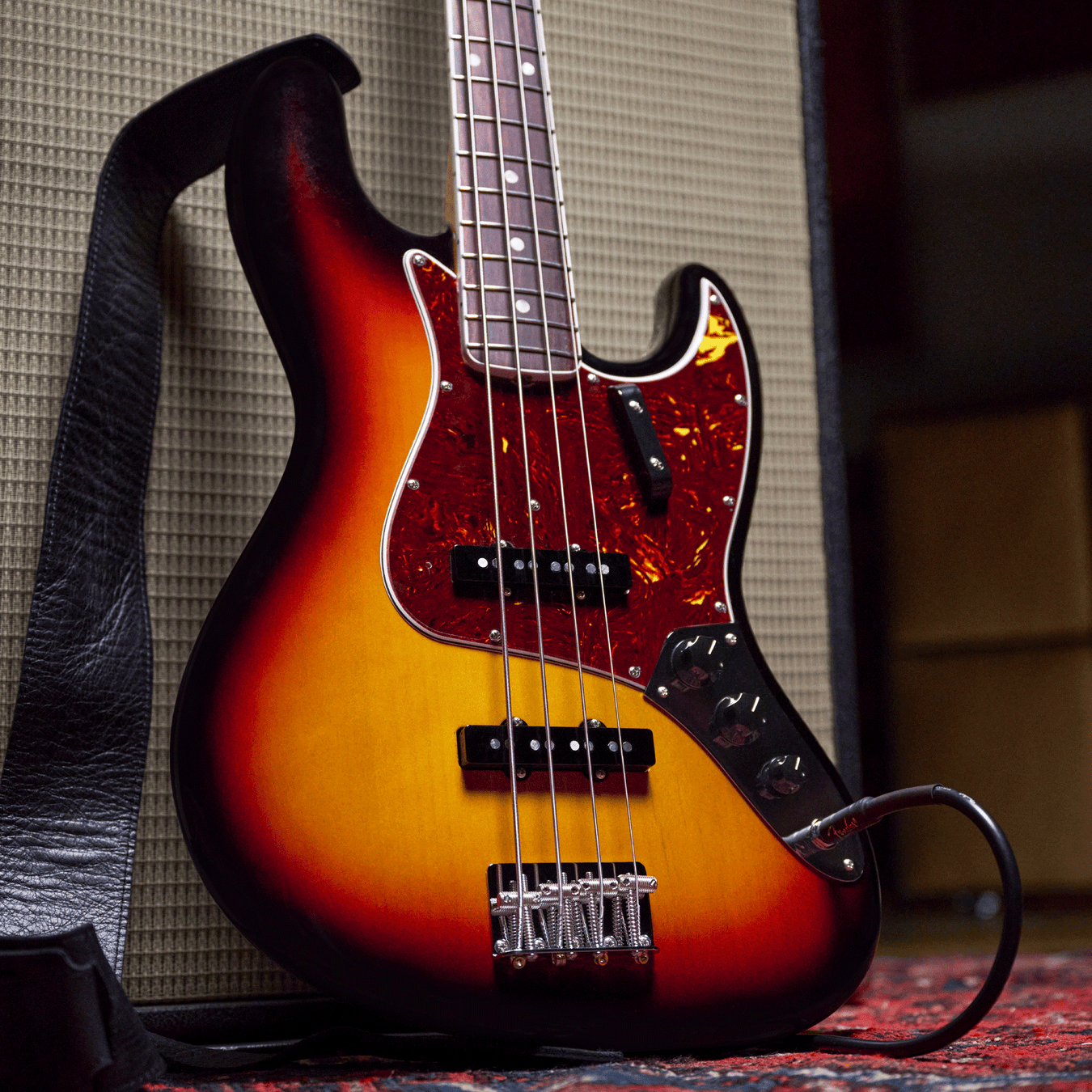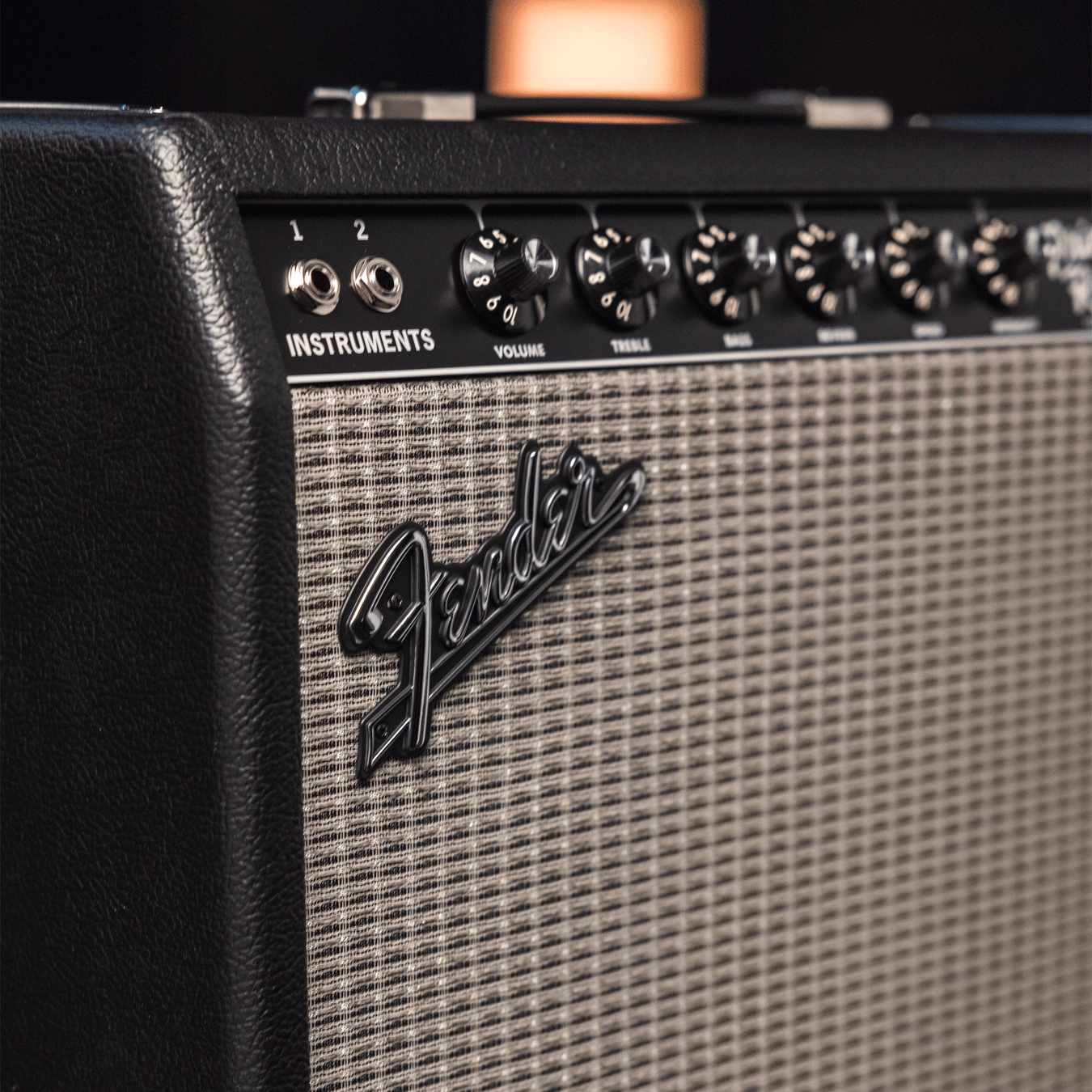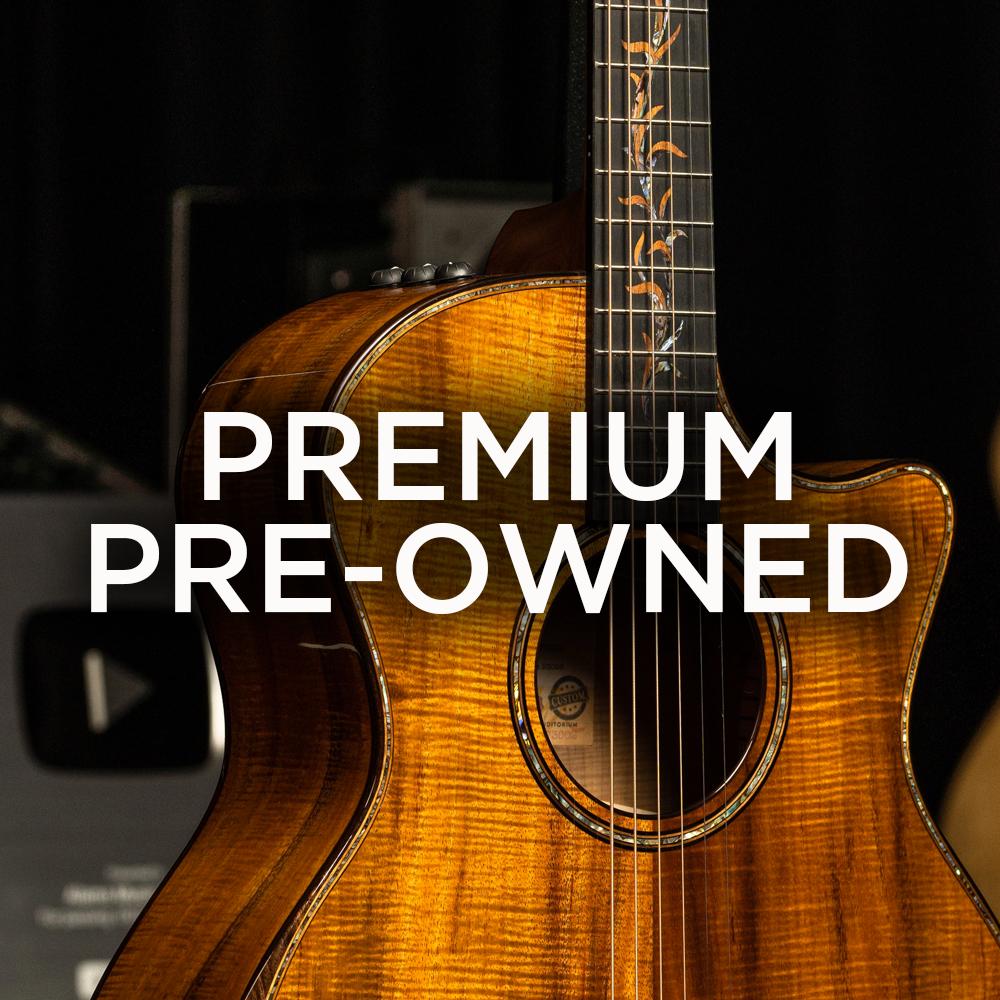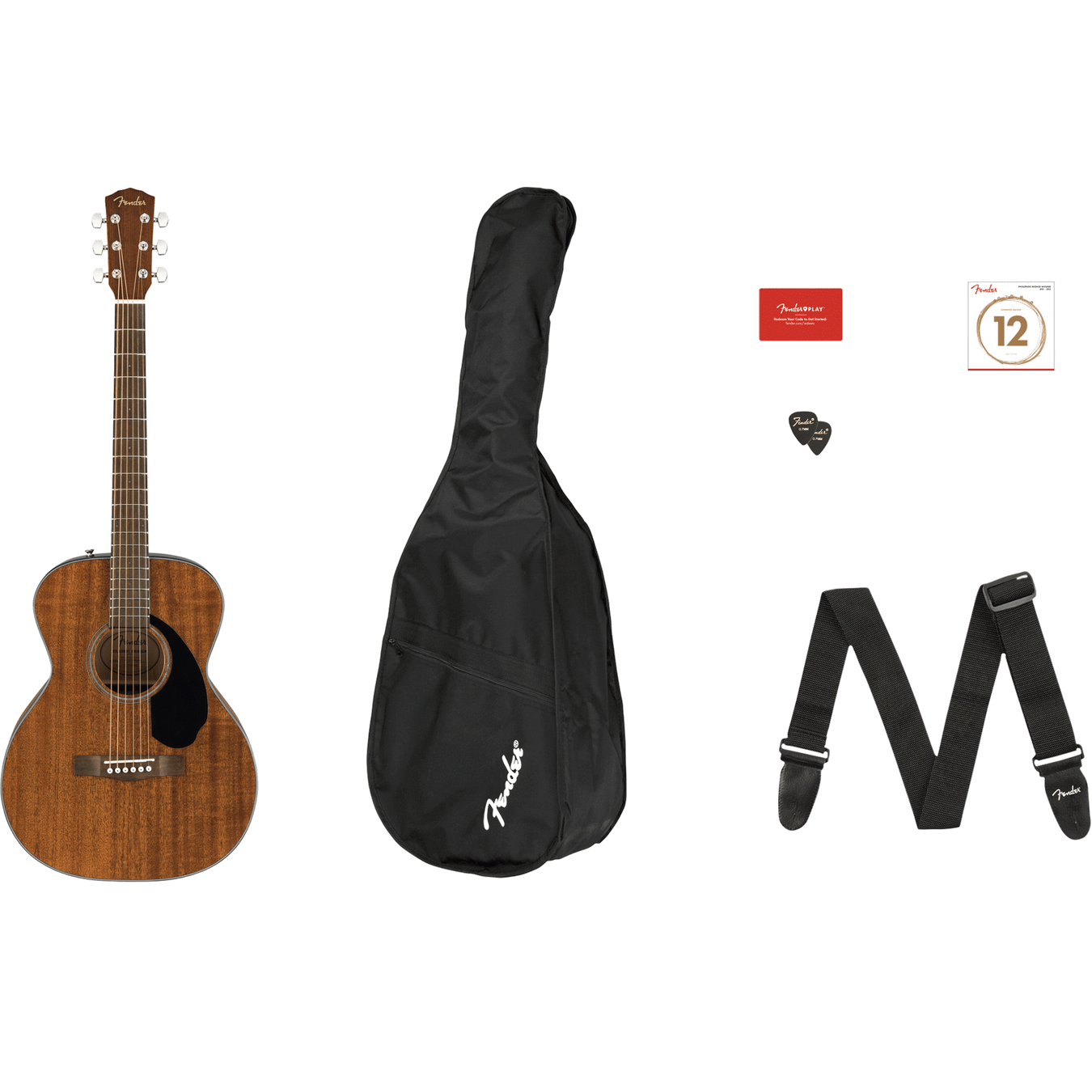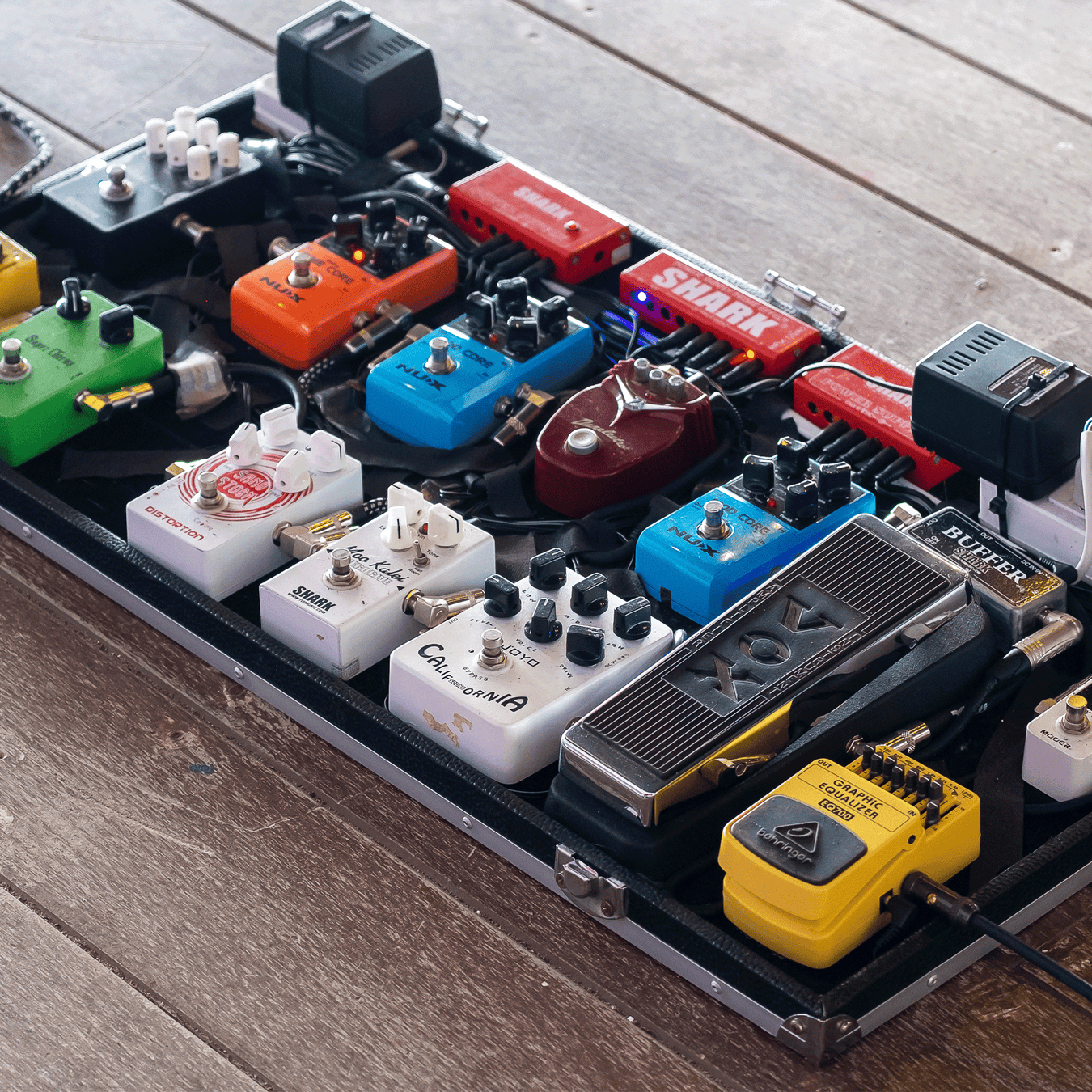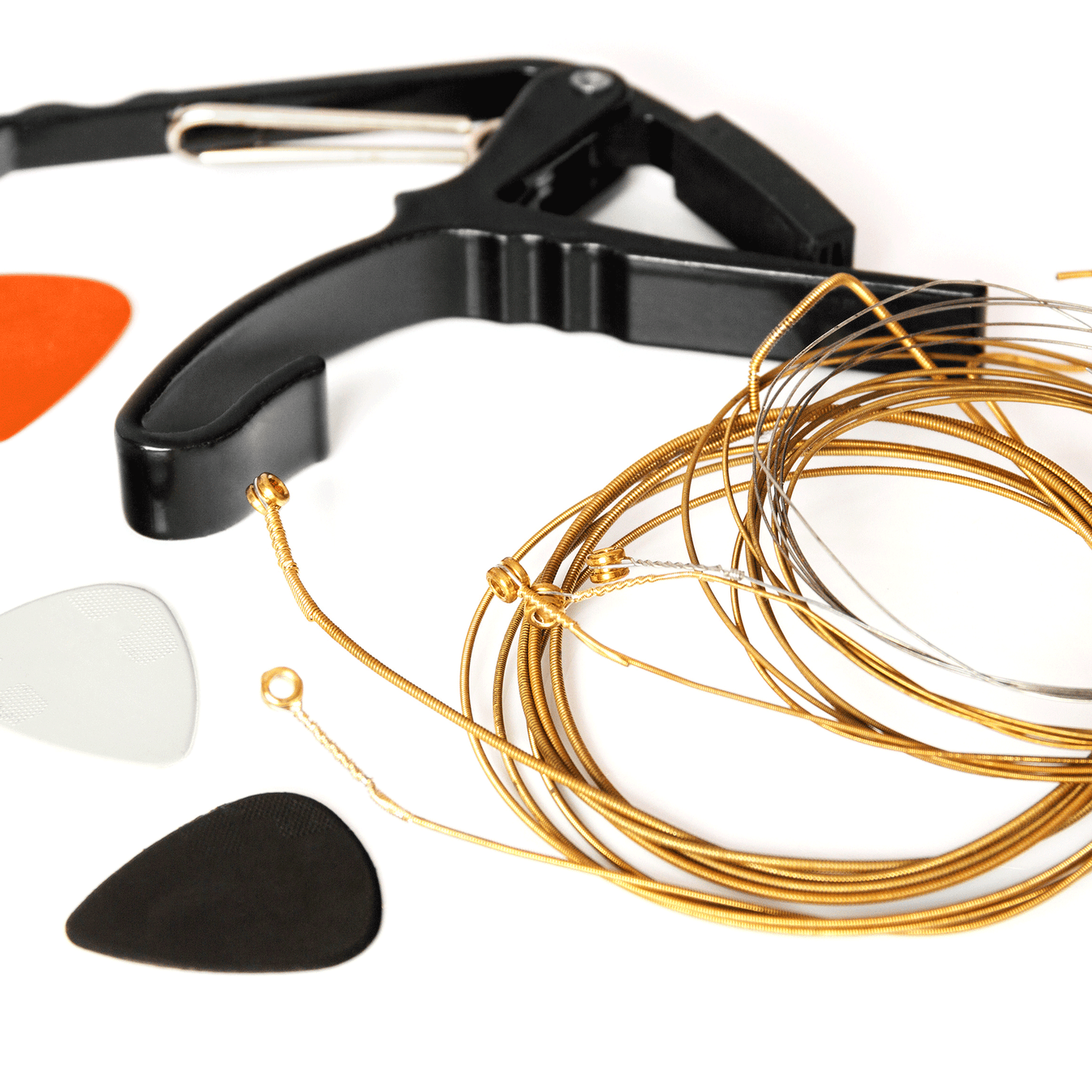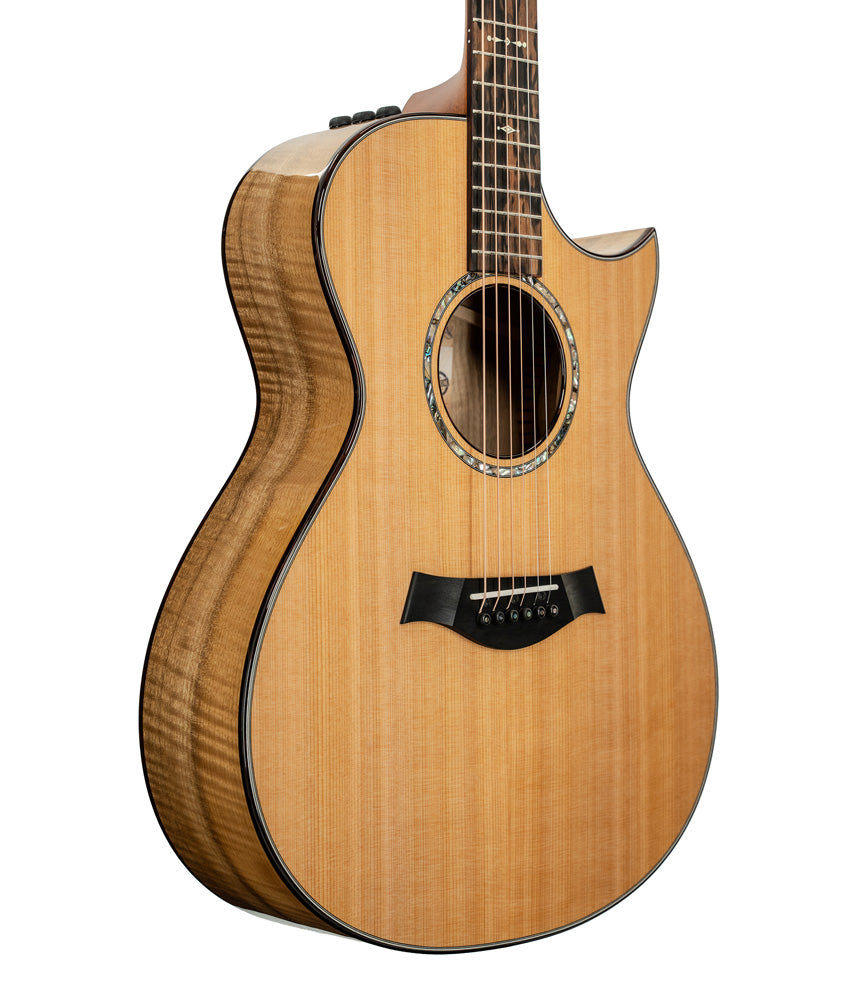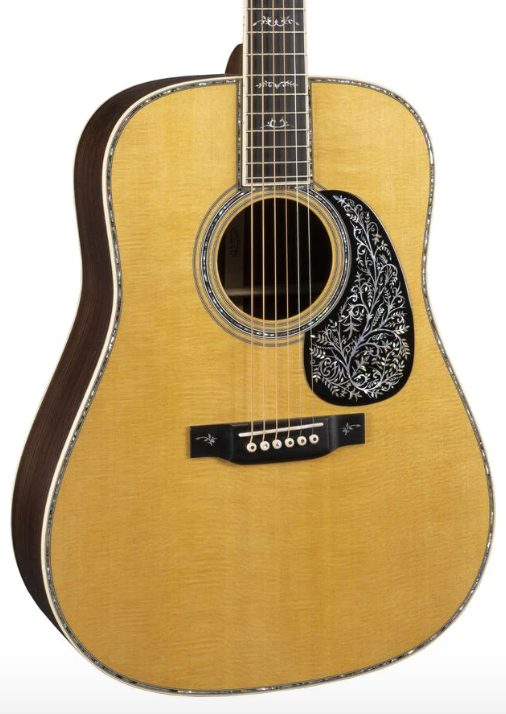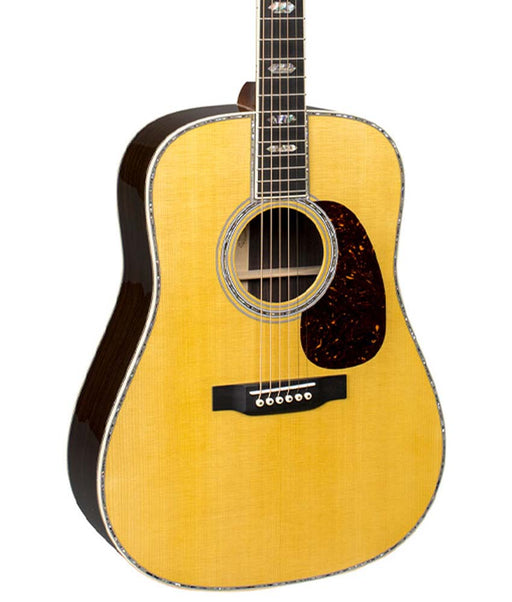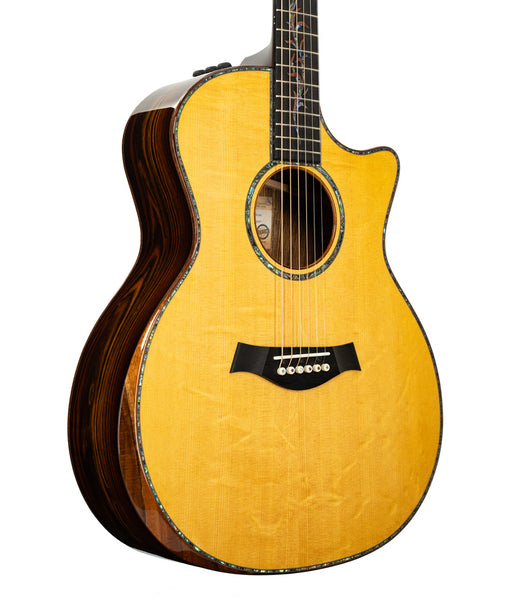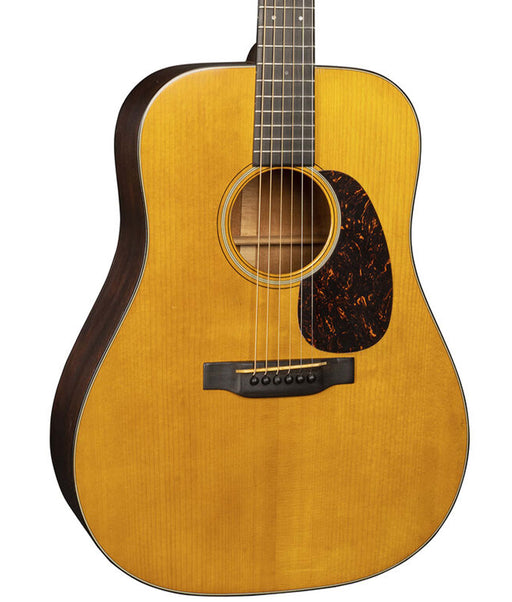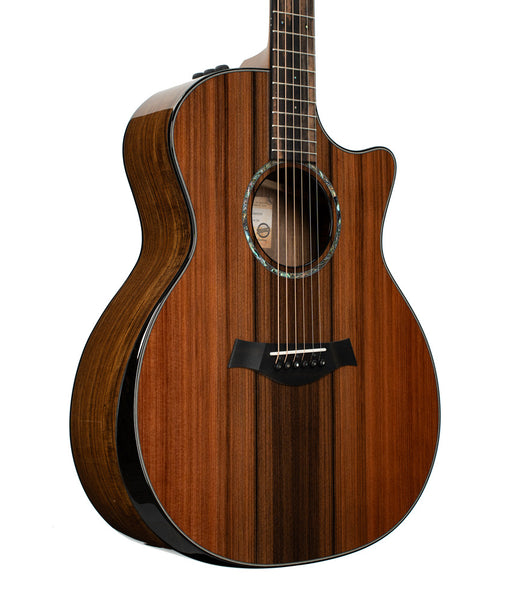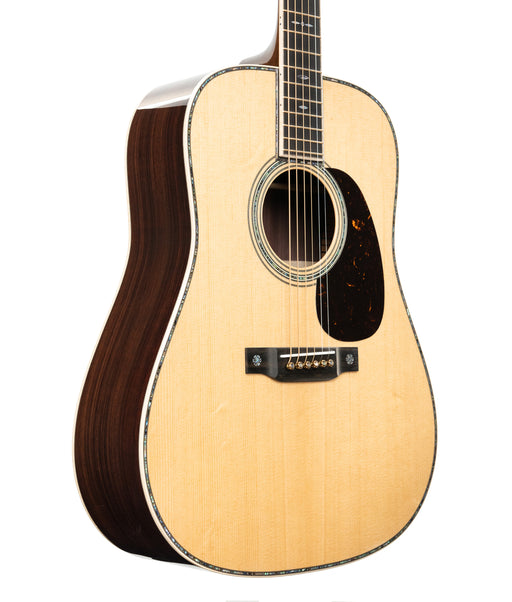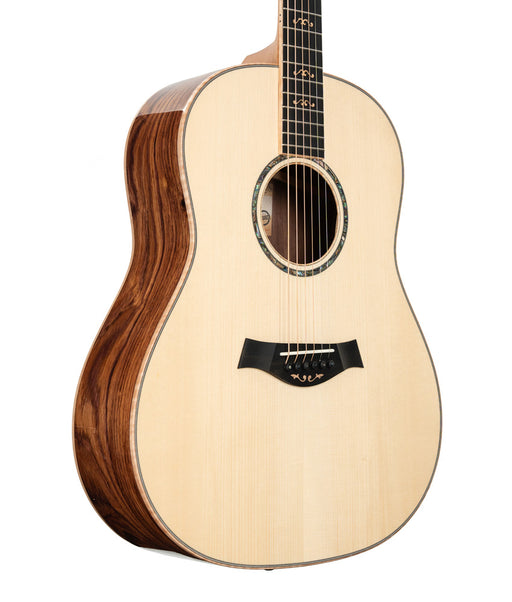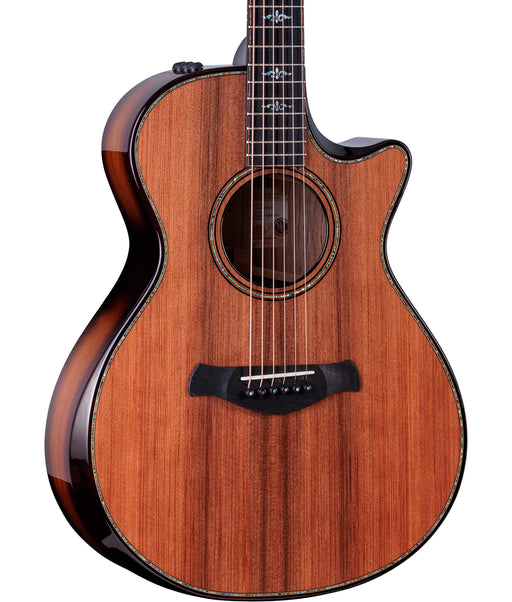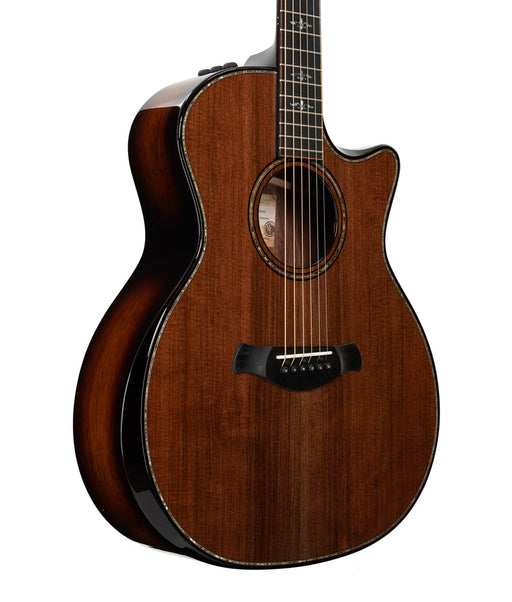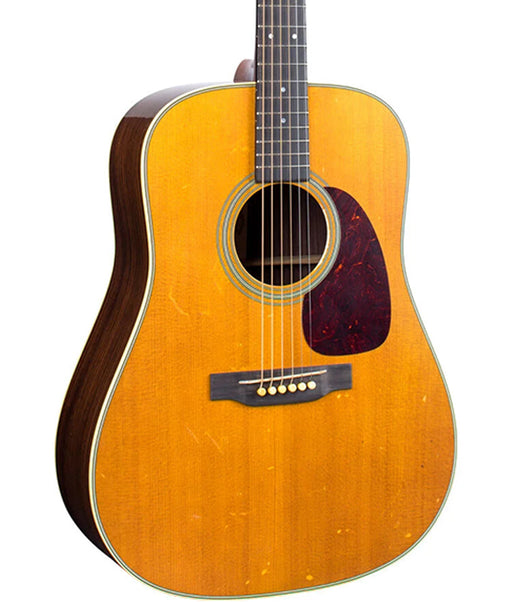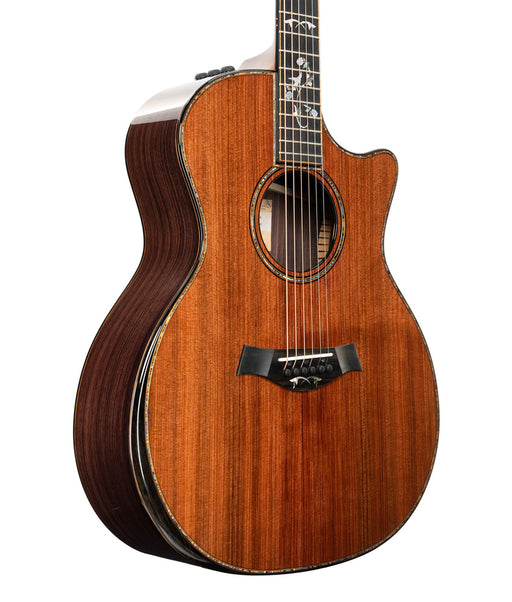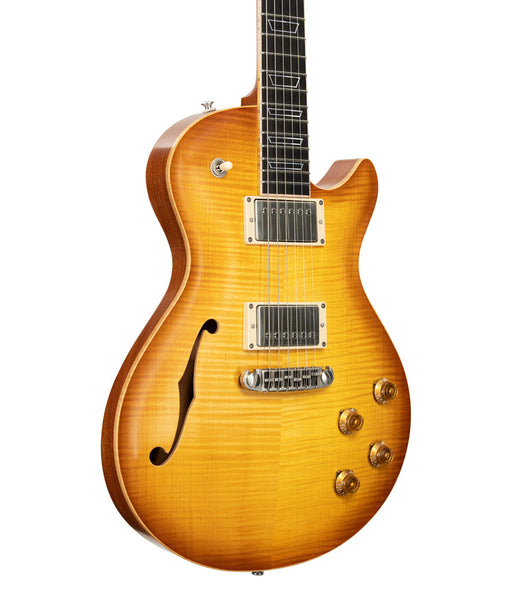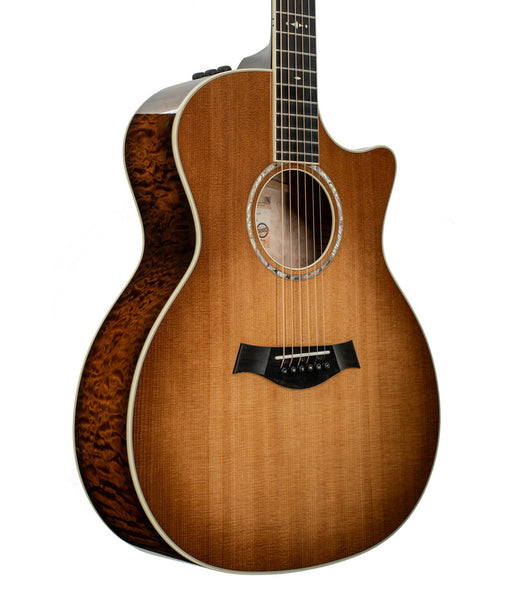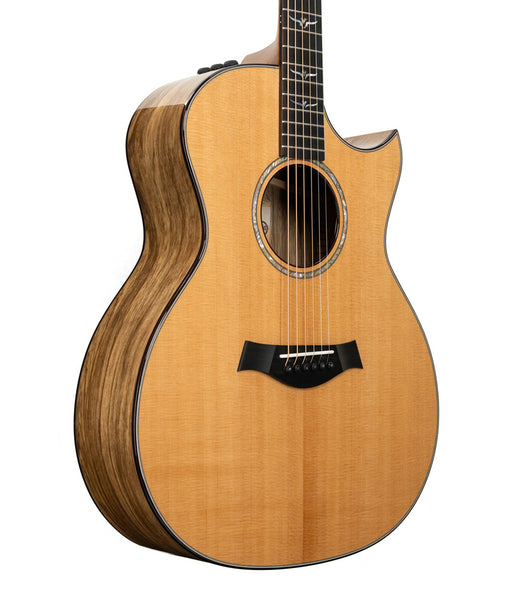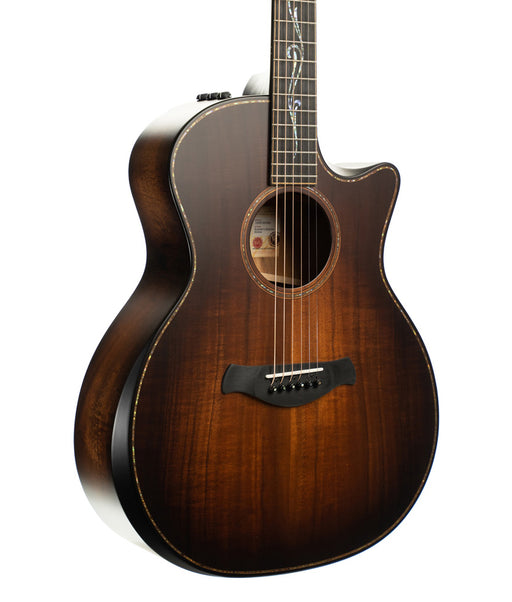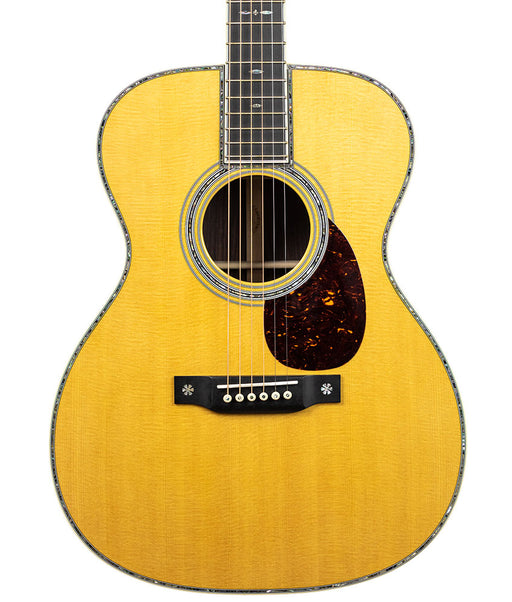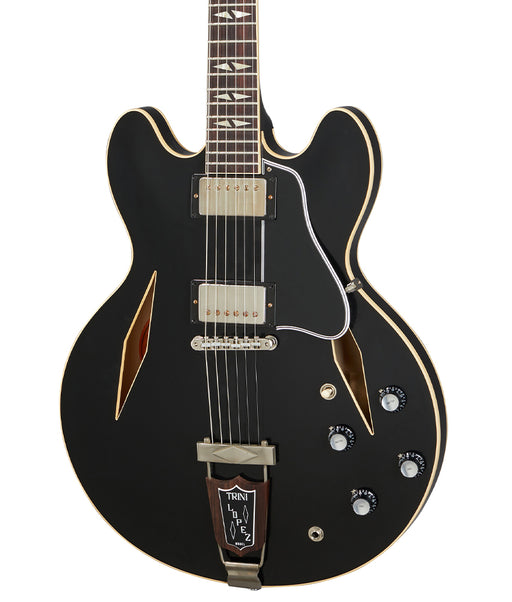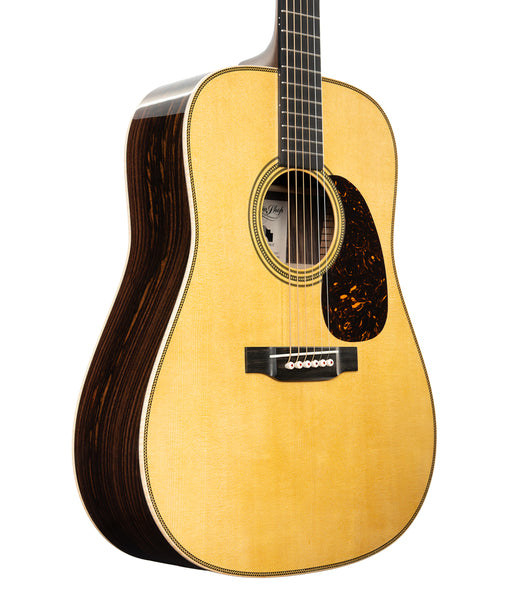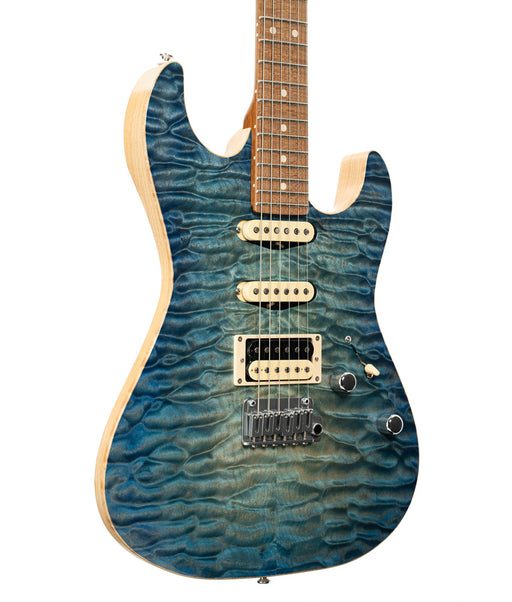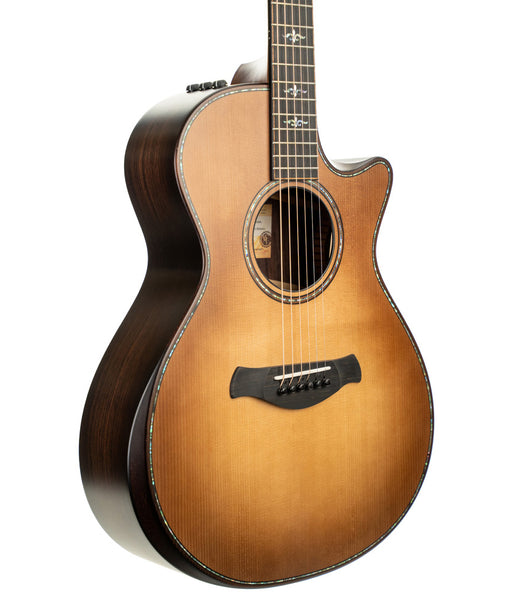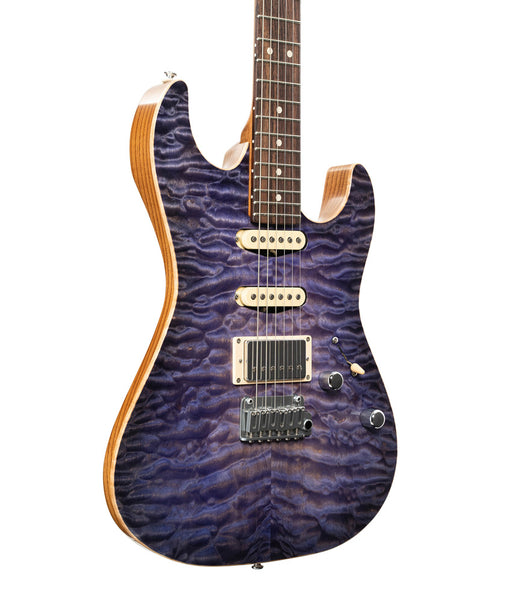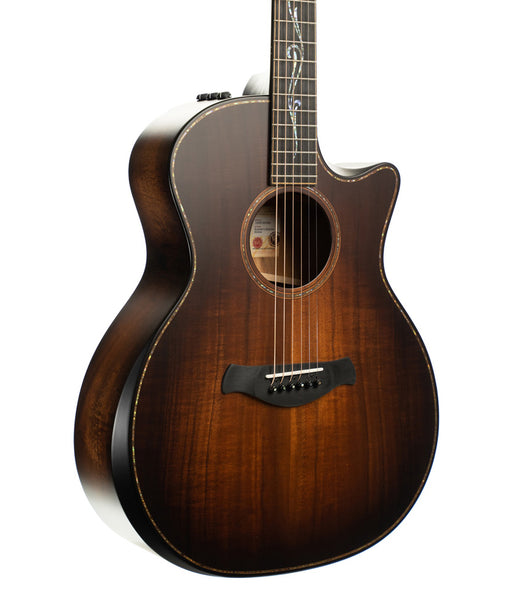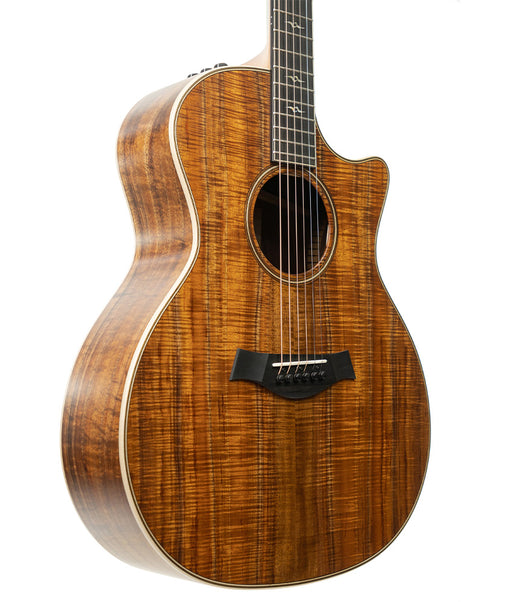Guitars
Filters
- Acoustic Guitar Pickups
- Acoustic Guitars
- Acoustic-Electric
- Adapters and Breakout Cables
- Apparel
- Bass Guitar
- Classical Guitars
- Electric Guitar Pickups
- Electric Guitars
- Gifts & Accessories
- GSMini Series
- Guitar Accessories
- Guitar Accessory Bundles
- Guitar Amplifiers
- Guitar Capo
- Guitar Cases and Bags
- Guitar Humidification
- Guitar Parts
- Guitar Pedal
- Guitar Pedals & Effects
- Guitar Picks
- Guitar Slides
- Guitar Stands and Hangers
- Guitar String Winder
- Guitar String Winders
- Guitar Strings
- Guitar Tuners
- Guitars
- Guitars Cleaning and Polish
- Instrument Cable
- Mariachi & Latin Guitars
- Microphones
- Pedalboard Patch Cables
- Strings
- Tuners And Metronomes
- Ukuleles
- Alamo Music Center
- Alaska Pik
- Alvarez
- Avian
- Bad Cat
- Beard
- Blackstar
- Boss
- Cool Guitar Picks
- Cordoba
- Cuda Winders
- D'Addario
- D'addario
- D'Andrea
- DAddario
- Darco
- Dean
- Dunlop
- Elixir
- EMG
- Epiphone
- Ernie Ball
- Fairfield Circuitry
- Fender
- Furch
- G7th
- GHS Strings
- Gibson
- Gretsch
- Guild
- H. Jimenez
- Harmony
- Heritage
- Hosa
- Kyser
- LR Baggs
- Lucida
- Luna
- Martin
- Mogami
- Music Treasures
- On-Stage
- Orangewood
- Ortega
- Patrick James Eggle
- Planet Waves
- PROformance
- PRS
- Savarez
- Schaller
- Sire
- Snark
- Stagg
- String Swing
- Takamine
- Taylor
- Taylor Guitars
- Walrus Audio
- Washburn
- Yamaha
-
Martin D-42 Special Spruce/Rosewood Acoustic Guitar
Original price $12,199.00 - Original price $12,199.00Original price $12,199.00$12,199.00$12,199.00 - $12,199.00Current price $12,199.00| /Martin D-42 Special Spruce/Rosewood Acoustic Guitar In conjunction with former Martin employee Dick Boak, Martin Guitar is proud to introduce a st...
View full details -
Martin D-45 Standard Series Dreadnought Acoustic Guitar Spruce/Rosewood
Original price $9,699.00 - Original price $9,699.00Original price$9,699.00$9,699.00 - $9,699.00Current price $9,699.00| /Martin D-45 Dreadnought Acoustic Guitar Spruce/Rosewood The D-45 is a decked out Dreadnought in Martin's Standard Series. It is the most ornate of...
View full details -
Taylor Custom "Catch 27" Bearclaw Sitka Spruce/Bocote Grand Auditorium Acoustic Electric Guitar
Original price $8,999.00 - Original price $8,999.00Original price $8,999.00$8,999.00$8,999.00 - $8,999.00Current price $8,999.00| /Alamo Music selected this guitar, "Catch 27" at the 2024 NAMM Catch Event, Taylor's premier showcase for unique customs. This guitar sports a strik...
View full details -
Martin D-18 Authentic 1937 VTS Adirondack Spruce/Mahogany Acoustic Guitar - Aged
Original price $8,399.00 - Original price $8,399.00Original price$8,399.00$8,399.00 - $8,399.00Current price $8,399.00| /Martin D18 Authentic 1937 Spruce VTS/Mahogany Acoustic Guitar - Aged This Authentic Series replication of a 1937 D-18 stays true to the original w...
View full details -
Taylor Custom Grand Auditorium Acoustic Guitar Factory Visit Selected Woods - Sinker Redwood/Bocote
Original price $8,299.00 - Original price $8,299.00Original price$8,299.00$8,299.00 - $8,299.00Current price $8,299.00| /Taylor Custom Grand Auditorium Factor Visit Selected Woods - Sinker Redwood/Bocote This guitar is a special custom built Grand Auditorium that we ...
View full details -
Taylor Custom Grand Concert 12-Fret Acoustic Guitar Factory Visit Hand Picked Woods - Lutz Spruce/Honduran Rosewood
Original price $8,199.00 - Original price $8,199.00Original price$8,199.00$8,199.00 - $8,199.00Current price $8,199.00| /Taylor Custom Grand Concert 12-fret Factory Visit Hand Picked woods - Lutz Spruce/Honduran Rosewood This guitar is a special custom built Grand Co...
View full details -
Martin D-42 Modern Deluxe Spruce/Rosewood Acoustic Guitar
Original price $7,399.00 - Original price $7,399.00Original price$7,399.00$7,399.00 - $7,399.00Current price $7,399.00| /Martin D-42 Modern Deluxe Spruce/Rosewood Acoustic Guitar The D-42 Modern Deluxe is a new take on Martin Vintage. This guitar is packed with custo...
View full details -
Taylor Custom Grand Pacific Acoustic Guitar Factory Visit Hand-Selected Woods - Adirondack/Honduran Rosewood
Original price $7,399.00 - Original price $7,399.00Original price$7,399.00$7,399.00 - $7,399.00Current price $7,399.00| /Taylor Custom Grand Pacific, Factory Visit Hand Picked woods - Adirondack/Honduran RosewoodThis guitar is a special custom built Grand Pacific that...
View full details -
Taylor 912ce Builder's Edition Grand Concert Redwood/Rosewood Acoustic-Electric Guitar
Original price $6,999.00 - Original price $6,999.00Original price$6,999.00$6,999.00 - $6,999.00Current price $6,999.00| /Taylor 912ce Builder's Edition Grand Concert Redwood/Rosewood Acoustic-Electric GuitarThe Grand Concert's compact frame makes it an ideal choice fo...
View full details -
Taylor 914ce Builder's Edition Honduran Rosewood/Sinker Redwood Acoustic-Electric Guitar
Original price $6,999.00 - Original price $6,999.00Original price$6,999.00$6,999.00 - $6,999.00Current price $6,999.00| /Taylor 914ce Builder's Edition Honduran Rosewood/Sinker Redwood Acoustic-Electric Guitar ⥽DESCRIPTION⥼ ⚊ The Taylor 914ce Builders Edition is craf...
View full details -
Martin D28 Rich Robinson Acoustic Guitar w/ Case - Natural
Original price $6,999.00 - Original price $6,999.00Original price$6,999.00$6,999.00 - $6,999.00Current price $6,999.00| /Attention Black Crowes fans!Martin brings you Rich Robinson Custom Signature Edition D-28. This model is a guitar player's dream, and it is the fir...
View full details -
Taylor Guitars Alamo Exclusive 914ce Sinker Redwood/Rosewood Cindy Inlay Acoustic/Electric Guitar
Original price $6,799.00 - Original price $6,799.00Original price $6,799.00$6,799.00$6,799.00 - $6,799.00Current price $6,799.00| /Alamo Music is proud to introduce our newest Taylor Exclusive model, the classic 914ce with Sinker Redwood on top and beautiful Cindy inlay on the ...
View full details -
Patrick James Eggle Macon Single Cut Semi-Hollow Electric Guitar - Faded Gold Burst
Original price $6,720.00 - Original price $6,720.00Original price $6,720.00$6,720.00$6,720.00 - $6,720.00Current price $6,720.00| /Patrick James Eggle Macon Single Cut Semi-Hollow Electric Guitar - Faded Gold BurstThe Macon Single Cut is Patrick's take on a classic and features...
View full details -
Taylor Custom Grand Auditorium Acoustic Guitar Factory Hand Selected Wood - Torrified Spruce/Quilt Maple
Original price $6,499.00 - Original price $6,499.00Original price$6,499.00$6,499.00 - $6,499.00Current price $6,499.00| /Taylor Custom Grand Auditorium Factory Hand Selected Wood - Torrified Spruce/Quilt Maple This guitar is a special custom built Grand Auditorium th...
View full details -
Taylor Custom Grand Auditorium Acoustic Guitar Factory Visit Hand-Selected Wood - Torrefied Spruce/Black Limba
Original price $6,499.00 - Original price $6,499.00Original price$6,499.00$6,499.00 - $6,499.00Current price $6,499.00| /This guitar is a special custom built Grand Auditorium that we selected woods for with Andy Powers, Taylor CEO; during a factory visit. The goal wa...
View full details -
Taylor Builder's Edition K24ce Grand Auditorium Acoustic-Electric Guitar - Kona Burst
Original price $6,499.00 - Original price $6,499.00Original price$6,499.00$6,499.00 - $6,499.00Current price $6,499.00| /This Grand Auditorium K24ce Builder's Edition was built with all-solid Hawaiian koa with V-Class bracing under the hood. Sonically, it bears the ha...
View full details -
Martin OM-42 Standard Series Orchestra Model Acoustic Guitar - Spruce/Rosewood
Original price $6,399.00 - Original price $6,399.00Original price$6,399.00$6,399.00 - $6,399.00Current price $6,399.00| /Martin Standard Series OM-42 Perfect tonal balance with brilliant radiance you can hear and see.The stylish design of the 40 Series adds panache t...
View full details -
Gibson 1964 Trini Lopez Standard Reissue VOS Ebony, Electric Guitar
Original price $6,399.00 - Original price $6,399.00Original price$6,399.00$6,399.00 - $6,399.00Current price $6,399.00| /The 1964 Trini Lopez Standard Reissue is based on thorough scans of the coveted original models and gives you an authentic vintage ownership experi...
View full details -
Martin Custom Shop HD28 "HD Wild" Spruce/Wild Grain Rosewood Acoustic Guitar
Original price $6,059.00 - Original price $6,059.00Original price$6,059.00$6,059.00 - $6,059.00Current price $6,059.00| /Martin Custom Shop HD28 "HD Wild" Spruce/Wild Grain Rosewood Acoustic GuitarFrom the Martin Custom Shop, a HD28 that features stunning Wild Grain R...
View full details -
Patrick James Eggle 96 Contour Top Electric Guitar - Blue Island Burst
Original price $6,000.00 - Original price $6,000.00Original price$6,000.00$6,000.00 - $6,000.00Current price $6,000.00| /Patrick James Eggle 96 Contour Top Electric Guitar - Blue Island Burst The 96 is Eggle's modern "S" style model with natural swamp ash body wood. ...
View full details -
Taylor Builders Edition 912ce Grand Concert Acoustic-Electric Guitar - Wild Honey Burst Top
Original price $5,999.00 - Original price $5,999.00Original price$5,999.00$5,999.00 - $5,999.00Current price $5,999.00| /This 912ce Grand Concert is the first Builder's Edition guitar from the 900 Series. Built to the exacting specifications of comfort and tone devel...
View full details -
Patrick James Eggle 96 Contour Top Electric Guitar - Viola Purple
Original price $5,880.00 - Original price $5,880.00Original price$5,880.00$5,880.00 - $5,880.00Current price $5,880.00| /Patrick James Eggle 96 Contour Top Electric Guitar - Viola Purple The 96 is Eggle's modern "S" style model with roasted swamp ash body wood. It al...
View full details -
Pre Owned Taylor Builder's Edition K24ce Grand Auditorium Acoustic-Electric Guitar - Kona Burst | Used
Original price $6,299.00Original price $6,299.00 - Original price $6,299.00Original price $6,299.00Current price $5,869.10$5,869.10 - $5,869.10Current price $5,869.10| /Pre Owned Taylor Builder's Edition K24ce Grand Auditorium Acoustic-Electric Guitar - Kona BurstThis Grand Auditorium K24ce Builder's Edition was bu...
View full details -
Taylor Custom K24ce LTD Alamo Music Exclusive Koa Acoustic-Electric Guitar
Original price $5,799.99 - Original price $5,799.99Original price$5,799.99$5,799.99 - $5,799.99Current price $5,799.99| /Alamo Music Center's Exclusive Custom Taylor K24ce LTD Acoustic-Electric Guitar with an all-Hawaiian Koa Body.Comes with a Taylor Deluxe Hard Shell...
View full details

